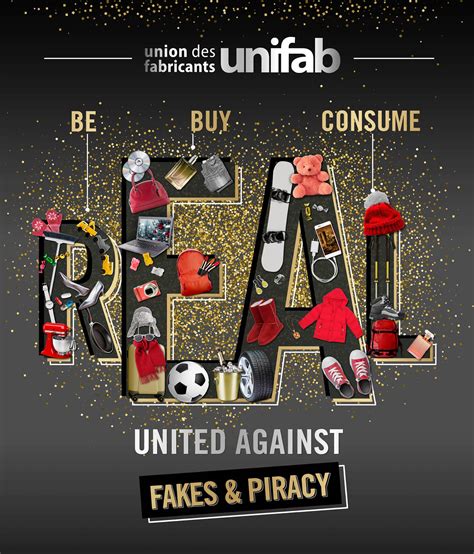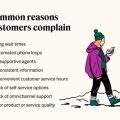How Can Consumers Participate in Anti-Counterfeiting Campaigns?
Understanding the Importance of Consumer Involvement in Anti-Counterfeiting Campaigns
Counterfeit products flood markets worldwide, causing economic losses, threatening consumer health and safety, and damaging brands. Consumers can make a difference by getting actively involved in anti-counterfeiting campaigns. In this article, we explore how consumers can participate in these efforts to protect themselves and contribute to the greater good.
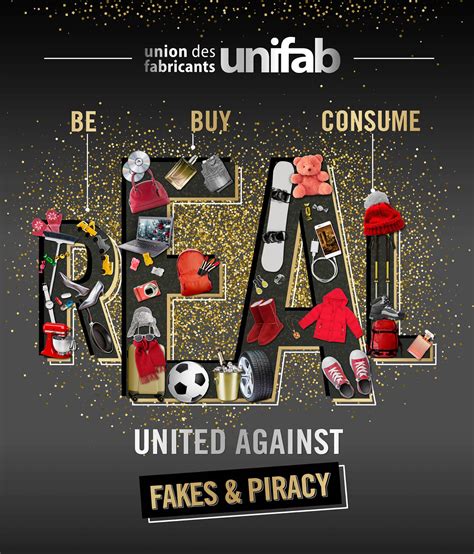
1. How Can Consumers Recognize Counterfeit Products?
Identifying counterfeit products is the first step toward consumer participation in anti-counterfeiting campaigns. Consumers can look for clues like inconsistent branding, spelling errors, or poor-quality materials. Brands often use holograms or QR codes as authentication tools, which consumers can scan to verify legitimacy.
- Check for Quality Issues: Fake products often have low-quality materials.
- Look for Brand Inconsistencies: Genuine products feature correct logos and spelling.
- Use Authentication Tools: Verify products through holograms or QR codes.
Online tools and brand websites often provide resources for consumers to verify products. Consumers should also report any counterfeit product they find to the relevant authorities or the brand itself, helping track and reduce counterfeit circulation.
| Method | Details |
|---|---|
| Quality Check | Identify material or construction flaws. |
| Brand Inspection | Look for correct logos and consistent branding. |
| Authentication Tools | Use QR codes or holograms for verification. |
2. Why Should Consumers Report Counterfeit Products?
Reporting counterfeit products is essential in the fight against illegal trade. By reporting fakes, consumers assist authorities and brands in tracking down sources of counterfeit goods. Brands often have hotlines or online forms for submitting counterfeit reports.
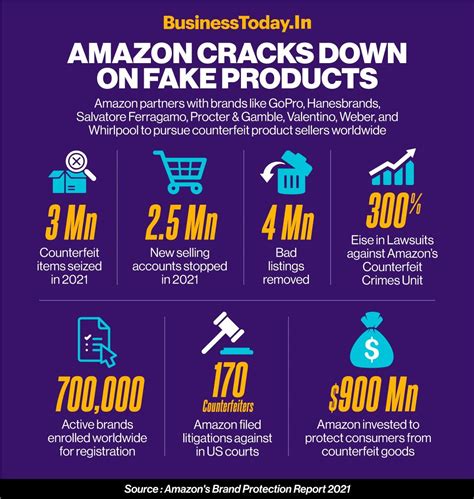
Authorities can use consumer reports to identify trends, locations, and sources of counterfeits, increasing the effectiveness of anti-counterfeiting efforts.
- Hotlines: Many brands have dedicated reporting hotlines.
- Online Forms: Consumers can report counterfeits through brand websites.
- Confidentiality: Most brands ensure anonymity for consumer reports.
3. How Can Consumers Verify a Brand’s Anti-Counterfeiting Efforts?
Consumers can check a brand’s anti-counterfeiting measures to support and trust those that are proactive. Brands often showcase their efforts on their websites, providing details on authentication technologies, legal actions, and awareness campaigns.
Learning about a brand’s efforts helps consumers make informed choices. Below are some common anti-counterfeiting measures:
- Technology Use: QR codes, holograms, and RFID tags on products.
- Legal Action: Brands often pursue legal routes against counterfeiters.
- Consumer Education: Campaigns teaching consumers how to identify fake goods.
4. How Can Social Media Help in Anti-Counterfeiting Efforts?
Social media platforms play a key role in anti-counterfeiting awareness. Consumers can share information on counterfeit products and engage with brands’ campaigns on social media. Many companies launch social campaigns to spread awareness and provide guidance.
Through social media, consumers can participate in various ways:
- Sharing Posts: Amplify brand messages by sharing posts.
- Engaging with Content: Comment, like, and engage with posts to boost visibility.
- Reporting Suspicious Ads: Flag counterfeit product ads or accounts.
5. What Are the Risks of Buying Counterfeit Products?
Buying counterfeit products poses numerous risks. Aside from possible financial losses, counterfeit items can cause health and safety concerns, especially in sectors like pharmaceuticals, electronics, and automotive parts.
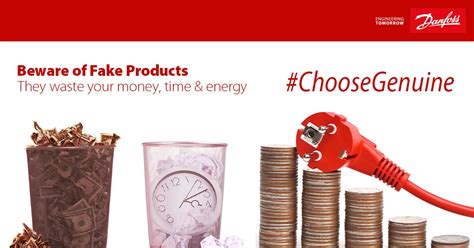
Risks include:
- Health Hazards: Fake pharmaceuticals or cosmetics may contain harmful ingredients.
- Safety Issues: Counterfeit electronics may be poorly constructed and dangerous.
- Financial Impact: Buying counterfeit products undermines legitimate businesses.
6. How Do Awareness Campaigns Educate Consumers on Counterfeit Dangers?
Awareness campaigns play an instrumental role in educating consumers on counterfeit dangers. These campaigns provide resources for consumers to identify fake products and emphasize the importance of supporting authentic brands.
Some common elements of awareness campaigns include:
- Workshops: Brands or agencies conduct workshops on counterfeit identification.
- Online Guides: Brands often share online guides on how to spot fakes.
- Collaboration with Influencers: Influencers raise awareness by sharing brand messages.
7. How Can Consumers Find Verified Sellers and Trusted Online Platforms?
Finding trusted sellers and platforms helps consumers avoid counterfeit products. Online marketplaces often have verified badges for genuine sellers and also include review systems.
Below are strategies for finding verified sellers:
- Check Seller Ratings: Only buy from sellers with high ratings and positive reviews.
- Look for Verified Badges: Many platforms label verified sellers.
- Read Customer Feedback: Honest feedback reveals the seller’s authenticity.
8. What Role Does Consumer Education Play in Anti-Counterfeiting?
Consumer education is crucial in reducing counterfeit product circulation. When consumers are educated about the risks and identification methods, they become less likely to purchase fake goods.
Consumer education efforts typically involve:
- School Programs: Some programs teach youth about counterfeiting.
- Brand Initiatives: Many brands lead educational campaigns.
- Public Service Announcements: Governments issue PSAs on counterfeit risks.
9. How Can Consumers Support Brands’ Anti-Counterfeiting Policies?
Supporting brands’ anti-counterfeiting policies involves more than just buying authentic products. Consumers can follow brands on social media, attend events, and educate others about the dangers of counterfeit goods.
Other ways to support include:
- Spread Awareness: Educate friends and family about counterfeit dangers.
- Participate in Events: Join brand-hosted events focused on counterfeit prevention.
10. How Can Consumers Influence Policy Changes on Counterfeiting?
Consumers can influence policies by supporting anti-counterfeiting organizations and staying informed on legislative changes. Writing to representatives or participating in advocacy groups can also have a significant impact.
Policy influence includes:
- Supporting Legislation: Advocate for policies that punish counterfeiters.
- Petitions: Sign petitions that urge governments to take action against counterfeiting.
Summary Table
| Method | Description |
|---|---|
| Product Verification | Ensuring the authenticity of products through branding and QR codes. |
| Reporting Counterfeits | Assisting brands and authorities by reporting fake products. |
| Education and Awareness | Learning about the dangers of counterfeit products through campaigns. |
| Policy Support | Influencing policy changes to combat counterfeiting. |
FAQ
1. Why is consumer participation crucial in anti-counterfeiting campaigns?
Consumers help identify and report counterfeits, contributing to the reduction of fake products in the market.
2. How can consumers tell if a product is counterfeit?
By examining branding, using authentication tools, and following guidelines provided by brands.
3. What are the dangers of buying counterfeit products?
Counterfeit products can be harmful to health, pose safety risks, and have financial repercussions.
4. How do brands encourage consumer participation in anti-counterfeiting?
Through social media campaigns, educational workshops, and anti-counterfeiting awareness initiatives.
5. Can consumers make a difference in counterfeit policy changes?
Yes, by supporting relevant legislation and engaging in advocacy, consumers can help influence policy.
6. Are online platforms doing enough to prevent counterfeit sales?
Many platforms have verified seller programs and allow consumers to report suspicious products.
7. What role does consumer education play in the fight against counterfeiting?
Educating consumers on how to spot counterfeit products empowers them to make informed choices and avoid fakes.

